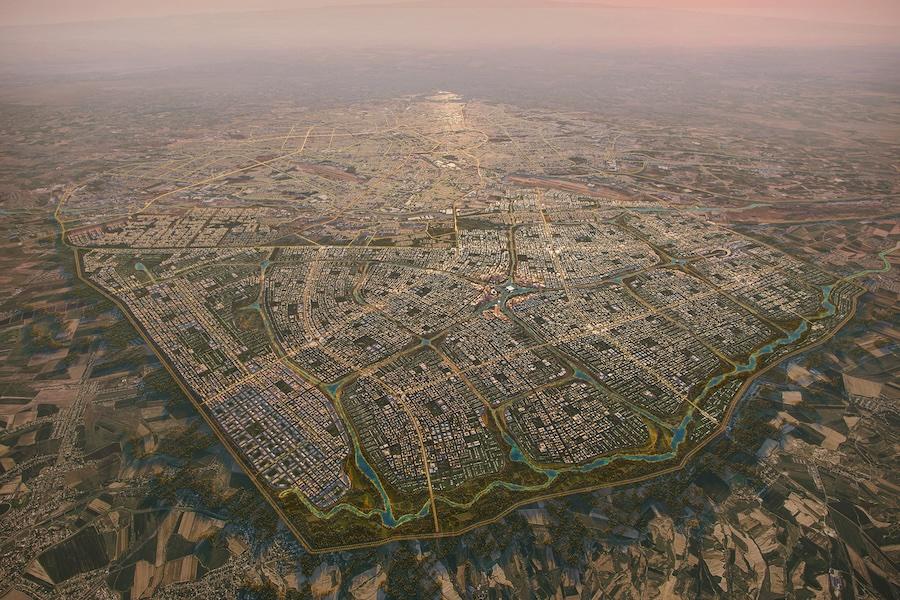
Uzbekistan has long been a hub of knowledge, a nation at the nexus of cultural exchange, intellectual expression and progressive innovation.
Key to this is its location: positioned at the crossroads of civilisations along the Silk Road, Uzbekistan’s identity is a richly steeped tapestry of harmonised cultural influences.
An ancient dialogue between Uzbekistan and the world is reflected across the spectrum. Ancient cities still showcase today the architectural intricacy of their early Islamic-inspired madrases, reflecting the cultural confluence of the nation’s location.
The development of scientific innovations and spiritual knowledge are also a legacy of the movement and exchange of ideas along the Silk Road, weaving intellectual threads between east and west.
And further added to the mix is the richly layered beauty of Uzbekistan’s respected traditional craftsmanship world, expressed through generations in textiles, clay, wood and metal.
The power of the country’s vast natural topography is no less timeless – picture a landscape of towering mountain peaks, lush valleys, still lakes, expansive steppes, red sand deserts and verdant oases.
It is in this world that Uzbekistan, as reflected through the Pavilion, today remains rooted – as it embraces a forward-thinking stance of innovation, sustainability and technology, while tapping into the ancient wisdom of its traditional heritage and natural landscape.
Today, Uzbekistan’s vision for the future is mirrored in initiatives tackling quality education (high priority in a nation where more than 60 per cent of the population is under 30), lifelong learning, clean energy, green transportation, resilient infrastructure and the preservation of traditional crafts.
With a goal of 40 per cent renewable energy power generation by 2030, the nation is spearheading numerous projects to transition to a green society – from high-speed trains and wind farms to solar energy investments.

Initiatives showcased in the Pavilion include the New Tashkent Project, an ambitious plan to create a new smart city hub of the future across 20,000 hectares east of the capital; the forthcoming New State Museum of Art, designed by Japanese architect Tadao Ando; and the revitalisation of the Aral Sea Basin.
The Garden of Knowledge that unfolds inside the Uzbekistan Pavilion at Osaka Expo 2025 aptly subtitled “a Laboratory for a Future Society” – reflecting the nation’s longterm commitment to balancing its traditional heritage with modern innovations, harmonising the wisdom of its past, present and future.


